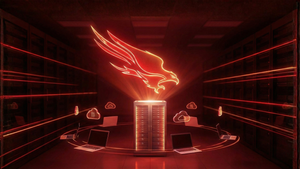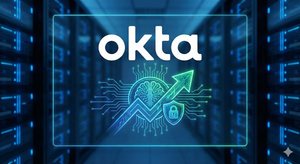Could the Crash of the Pound Cause the Fed to Blink on Rates?
 On September 27, 2022, the British pound sterling fell (-3.5%) to $1.084 hitting 37-year lows against the U.S. dollar. The pound tumbled further to a low of $1.0350 after U.K. Chancellor of Exchequer commented two days later there would be “more to come” in regard to the misguided economic stimulus plan of the new U.K. government led by Prime Minister Liz Truss. Three weeks into her term, Truss made a misstep of massive proportions by arguing that the stimulus plan would kickstart the U.K. economy after a decade-long slump.
On September 27, 2022, the British pound sterling fell (-3.5%) to $1.084 hitting 37-year lows against the U.S. dollar. The pound tumbled further to a low of $1.0350 after U.K. Chancellor of Exchequer commented two days later there would be “more to come” in regard to the misguided economic stimulus plan of the new U.K. government led by Prime Minister Liz Truss. Three weeks into her term, Truss made a misstep of massive proportions by arguing that the stimulus plan would kickstart the U.K. economy after a decade-long slump.Egg in the Face
The stimulus plan includes a multitude of tax cuts for higher income earnings and business incentives that spooked investors to dump the pound and buy the U.S. dollar. The proposed tax cuts would be the highest in nearly 50-years trimming the the top income tax and corporate tax rate. The U.K. government is expected to turn on the printing presses to finance the deficit causing the yield for the 10-year U.K. bonds to spike towards 12-year highs at 3.759%. This comes just days after the Bank of England raised interest rates by 50 basis points stating that the U.K. economy is very likely in a recession. Inflation rose to a near 40-year high in August hitting 9.9%. A series of expenses ranging from Brexit, the pandemic, rising energy costs have thinned out the nation’s finances.
Walking Back Tax Cuts
The public backlash, crash of the British pound, FTSE index sell-off to March lows, rebuke from the IMF, and a sell-off in U.K. bonds forcing the Bank of England (BoE) to ‘blink’ and launch a temporary quantitative easing (QE) program prompted the new U.K. government to drop its previously announced income tax cuts on high earners. The finance minister Kwasi Kwarteng announced, “It is clear that the abolition of the 45p tax rate has become a distraction from our overriding mission to tackle the challenges facing our economy. As a result, I’m announcing we are not proceeding with the abolition of the 45p tax rate. We get it, and we have listened.” This caused the pound sterling to rebound and bond yields to fall and stabilize.
Why Did the BoE Blink?
The Bank of England was the first central bank to ‘blink’ and intervene in its bond market to combat spiking yields. However, the reasons for the intervention are not what most people think. British government bonds also known as gilts saw yields spiking as investors dumped the bonds. British pension funds hold nearly $1.7 trillion in assets. These funds often utilize derivatives to both hedge interest rate risk and optimize gains on certain trading strategies. Derivatives utilize massive leverage. The spike in gilt yields caused some massive derivative trades to collapse sparking margin calls on U.K. pension funds which could have triggered a U.K. version of a Lehman Brothers meltdown moment. The BoE intervened by buying up bonds to push down long-term yields by over 100 basis points and took down U.S. 10-year treasury yields as well.
Not Likely in the U.S.
The Fed has taken a very hawkish stance implying they would not stop rate hikes until inflation fell under its stated target of 2% regardless of a U.S. recession. While it’s not clear if that means maintaining an aggressive rate cut strategy or pulling back the magnitude of the rate hikes back under 75-basis points. The latter would like to put in a floor for the equity markets. Many are speculating that the intervention by the BoE could set a precedent for the world’s central banks including the U.S. Federal Reserve to blink amid spiking bond yields. The BoE intervention temporarily stabilized the equity markets as the odds of a 50-basis point rate hike in the November FOMC meeting improved to 43.5%. This sparked debate whether our own Fed would blink if a similar scenario occurred. However, the 75-basis point rate hike odds rebound back to 81% by the end of the week as equity markets sold off towards yearly lows on the Oct. 7 jobs report came in stronger than expected at 288,000 versus 275,000 expectations. This still indicates a hot labor market as the unemployment rate stands at 3.5% down from 3.7%. This means the Fed will have to stay aggressive on inflation as the economy is still not slowing down fast enough.
More News
View More




Recent Quotes
View More
Quotes delayed at least 20 minutes.
By accessing this page, you agree to the Privacy Policy and Terms Of Service.